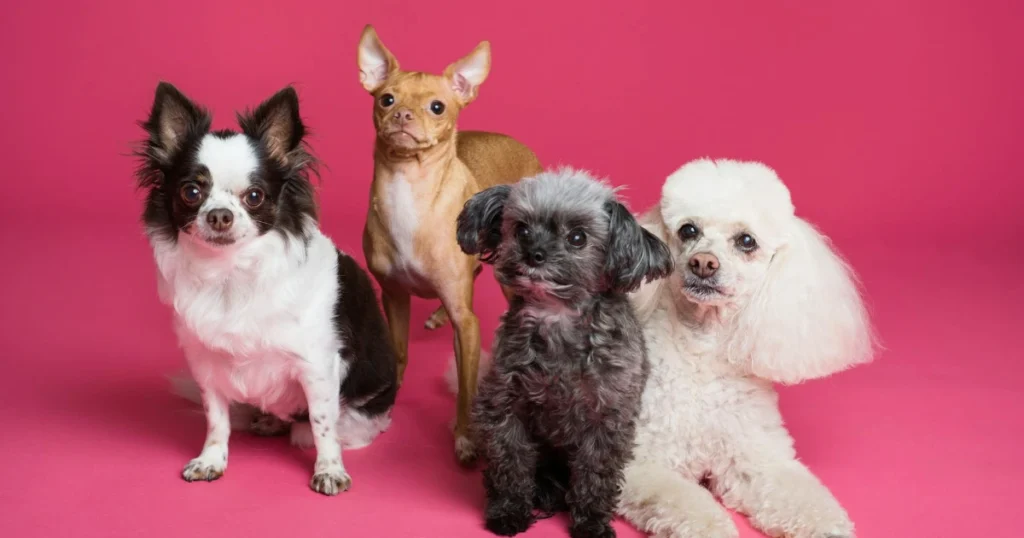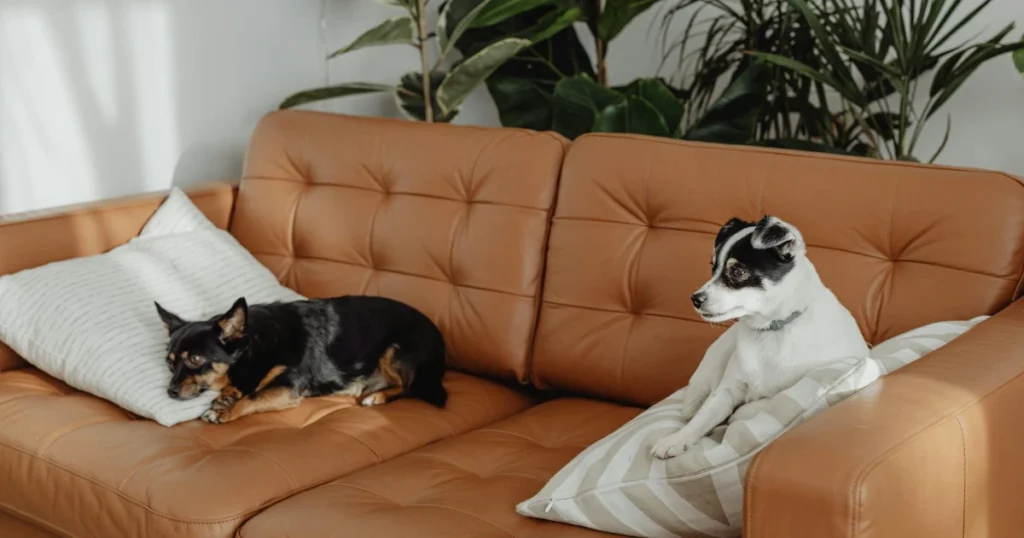Crate training isn’t just a buzzword—it’s a real game-changer for both new puppy parents and seasoned dog owners. Over the years, I’ve crate trained everything from stubborn rescue mutts to high-energy working breeds. Done right, it gives your dog a safe, familiar den and gives you peace of mind. But here’s the thing: the process isn’t one-size-fits-all. Age, temperament, and your daily routine all play a role. Let’s break down how to make crate training work for you and your dog, step by step.

Understanding Crate Training
What Is Crate Training?
At its core, crate training is teaching your dog to see their crate as a safe, cozy spot—like their own bedroom. It’s not about punishment or isolation. In fact, most dogs naturally seek out small, enclosed spaces. Ever notice your pup napping under the coffee table or squeezing behind the couch? That’s their denning instinct kicking in.
Why Use a Crate?
Dogs are den animals by nature. Even the most socialized, confident dog will find a spot to curl up and feel secure. Crates tap into this instinct, making them invaluable for:
- House training puppies (seriously, this is the secret sauce)
- Helping new adult dogs settle in
- Managing destructive behaviors when you can’t supervise
- Traveling safely—especially in the car
- Trips to the vet or groomer
But—and this is where most people mess up—a crate isn’t a babysitter. It’s a tool. Dogs need exercise, mental stimulation, and time with you. If you overuse the crate, you’ll end up with a frustrated, pent-up pup.
Pros and Cons of Crate Training
- Pros: Accelerates house training, prevents accidents, keeps dogs safe, and helps with travel and vet visits.
- Cons: Not a substitute for exercise or attention, can cause distress if misused, and shouldn’t be used for long-term confinement.
For mature, house-trained dogs, crates are rarely a necessity—unless you’re dealing with specific behavior issues. In those cases, work with a professional trainer or behaviorist. Even if your dog doesn’t need a crate daily, being crate trained is a life skill. You never know when you’ll need it.
Expert Insight: “Crate training, when introduced positively, can reduce anxiety and help dogs adjust to new environments. It’s about creating a safe space, not a prison.” — Association of Professional Dog Trainers
Types of Crates: Which One Fits Your Dog?
I’ve tried just about every crate style out there. Here’s what I’ve learned (sometimes the hard way):
Plastic Flight Crates
Perfect for first-timers and messy puppies. Easy to clean, warmer, and you can toss a blanket over them for extra coziness. If you travel by air, these are usually airline-approved. I always start puppies in plastic crates—less visual stimulation means fewer distractions.
Wire Crates
Great for visibility and airflow. They fold up for storage or travel, but can get heavy in larger sizes. Most come with a divider, which is a lifesaver for growing puppies. Not airline-friendly, but solid for home and car use.
Soft-Sided Crates
Lightweight and portable—awesome for hotel stays or camping. But don’t use these for crate training or anxious dogs. I learned that lesson after a determined foster pup chewed his way out in under 10 minutes.
Fashion Crates
These blend into your home decor and double as furniture. Best for dogs who are already crate trained. They look great, but they’re not cheap.
Heavy-Duty Crates
Designed for frequent travelers or escape artists. They’re built like tanks and can withstand car accidents. Pricey, but worth it for safety and peace of mind if you’re on the road a lot.
X-Pens (Exercise Pens)
Not technically crates, but super useful for puppies and small breeds. They’re portable and create a safe play area. Just remember: always supervise, as clever pups can learn to climb or push out.
Pro tip: Many puppy trainers recommend having both a plastic and a wire crate—one for quiet time, one for inclusion with the family. If you’re on a budget, start with a plastic crate and add a wire one later.

Crate Size and Setup: Getting It Right
How to Choose the Right Crate Size
Your dog should be able to stand up, turn around, and lie down comfortably. For puppies, use a crate with a divider so you can adjust the space as they grow. Too much room and you risk accidents; too little and it’s uncomfortable.
For adult dogs, measure from nose to tail and add a few inches. If you’re adopting, ask the shelter what size works best.
Initial Crate Setup
Make the crate inviting—add a soft towel or mat. If your dog is a chewer, stick with a towel until they’re past that phase. Place the crate somewhere central, not tucked away in a back room. You want your dog to feel included, not isolated.
If your dog has a history of crate anxiety or isolation distress, don’t force it. Work with a trainer or behaviorist to create a positive association. I’ve seen dogs turn around with the right approach, but it takes patience.
Habituation: Making the Crate a Happy Place
Start slow. Toss treats or favorite toys inside and let your dog explore at their own pace. I like to feed meals in the crate for the first week or two—food is a powerful motivator. Avoid crate training during high-energy times; a tired dog is more likely to settle.
5-Step Crate Training Schedule by Age
Here’s the step-by-step process I use with every dog, from tiny puppies to adult rescues:
Step 1: Praise and Cue
Use a consistent phrase like “go to your crate.” Every time your dog enters, praise enthusiastically. Your voice is your best tool—dogs pick up on your tone and energy.
Step 2: Pre-Bait the Crate
Keep treats and a chew toy handy. Before each session, toss a treat inside so your dog associates the crate with good things. I keep a jar of high-value treats right on top of the crate for easy access.
Step 3: Stabilize Patterns
Mix up your routine. Don’t always crate your dog right before you leave, or they’ll start to anticipate your departures (and possibly get anxious). Sometimes, crate them while you’re home reading or watching TV. The goal is to make the crate a normal part of daily life, not just a signal that you’re leaving.
Step 4: Practice Patience
Every dog learns at their own pace. Some puppies take to the crate in a day; others need a week or more. Don’t rush. If your dog hesitates, back up a step and make it easier. Celebrate small wins—like staying calm with the door closed for a few minutes.
Step 5: Short Leaving
Once your dog is comfortable for 30 minutes, try leaving the house for a short period. Keep departures and arrivals low-key. If you make a big fuss, your dog will too. I learned to quietly open the crate and let my dog come out on their own—no fanfare.

Crate Training Schedule: Additional Considerations
Crate Placement
Location matters. Keep the crate in a spot where your dog can see and hear you, especially during the early stages. If potty training, make sure it’s close to the door for quick bathroom breaks.
Potty Breaks
Puppies can only hold it for about one hour per month of age, plus one. So a two-month-old puppy = 2–3 hours max. Set a timer if you have to. For adult dogs, stick to a routine, but don’t assume they can go all day without a break—especially new rescues.
Feeding and Hydration
Don’t leave food in the crate. Feed on a schedule and use food in the crate only for training. For water, if your dog is in the crate for more than a few hours, use a water bottle (not a bowl) to avoid spills.
Creating a Den Apartment
If your dog spends long hours alone, consider a larger “den apartment” setup—basically, a crate attached to an exercise pen. This gives them more room and, for puppies, can include a potty area. World-class trainers like Karen Pryor recommend this for busy households.
Pro tip: If you can swing it, set up two crates—one for inclusion (in the family room) and one for quiet time (in a quieter spot). This helps manage your dog’s energy and gives them options.
Real-World Crate Training: What Actually Works
I’ve made every mistake in the book—rushing the process, using the crate as a timeout, forgetting to reward calm behavior. What finally worked for me was treating crate training as a partnership. Listen to your dog, adjust your pace, and celebrate progress. If you hit a snag, don’t hesitate to reach out to a local trainer or behaviorist. Sometimes a fresh set of eyes makes all the difference.
FAQs: Crate Training Schedule by Age
How long should I crate my puppy by age?
Follow the “one hour per month plus one” rule. For example, a three-month-old puppy should be crated no more than 3–4 hours at a time. Always allow for potty breaks and playtime.
Can I crate train an adult dog?
Absolutely. Adult dogs may take a bit longer to adjust, especially if they’ve never been crated, but the same step-by-step process applies. Go slow and use lots of positive reinforcement.
What if my dog cries in the crate?
First, make sure all their needs are met (potty, exercise, comfort). If they’re just protesting, wait for a pause in the noise before letting them out. Never reward whining by opening the door immediately.
Should I cover the crate?
Many dogs find a covered crate cozier and less stimulating. Try it and see how your dog responds. Just make sure there’s enough airflow.
How do I transition from crate to more freedom?
Once your dog is reliably house trained and calm when left alone, start leaving them out for short periods while you’re home. Gradually increase their freedom as they prove trustworthy.

Conclusion
Crate training isn’t always easy, but it’s worth it. I’ve seen anxious puppies blossom into confident, relaxed adults—all thanks to a thoughtful crate routine. Stick with it, adjust as needed, and don’t be afraid to ask for help. That’s what finally worked for me—and it can work for you too.
Related Article
- Puppy Potty Training Tips
- Dog Anxiety Solutions
- Best Dog Crate Reviews
- House Training Mistakes
- Traveling With Dogs Guide